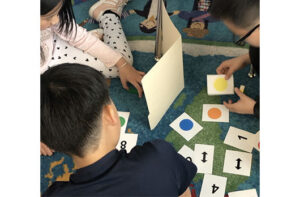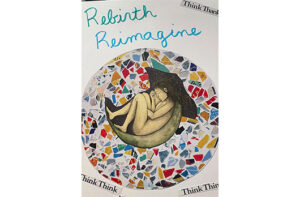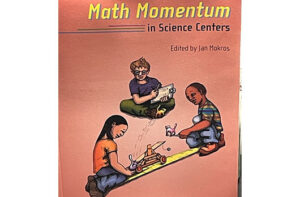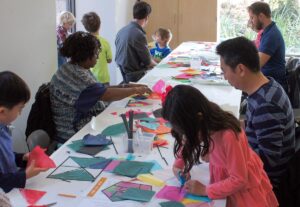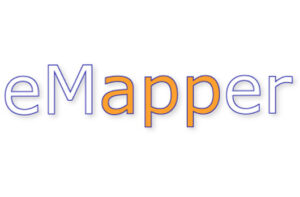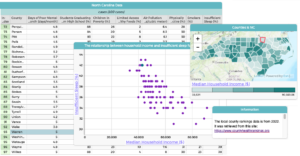A learning trajectory in Kindergarten and first grade students’ thinking of variable and use of variable notation to represent indeterminate quantities
Ana Clara Ventura, Bárbara M. Brizuela, Maria Blanton, Katharine Sawrey, Angela Murphy Gardiner, Ashley Newman-Owens
Ventura, A. C., Brizuela, B. M., Blanton, M., Sawrey, K., Gardiner, A., & Newman-Owens, A. (2021). A learning trajectory in Kindergarten and first grade students’ thinking of variable and use of variable notation to represent indeterminate quantities. Journal of Mathematical Behavior. https://doi.org/10.1016/j.jmathb.2021.100866.
Highlights
- Representing indeterminate quantities is crucial for algebraic thinking.
- No child used variable notation in the pre – interview of classroom teaching experiment.
- After only 3 weeks of instruction, children increasingly represented indeterminate quantities.
- Children understood that letter as representing indeterminate quantities as varying unknowns.
Abstract
Given the importance of understanding and using indeterminate quantities in algebraic thinking, the development of learning trajectories about how Kindergarten and first grade students understand variable and use variable notation in the context of algebraic expressions is critical. Based on an empirically developed learning trajectory, we analyzed children’s responses at three different points in a classroom teaching experiment. Our purpose was to describe levels of thinking among 16 students (eight in Kindergarten and eight in first grade). Our results revealed qualitative changes in the thinking about indeterminate quantities of most student participants. As students progressed through the experiment, we found that they advanced from what we characterized as a “Pre-variable” Level to a “Letters as representing indeterminate quantities as varying unknowns; explicit operations on indeterminate quantities” Level. Learning trajectories such as that developed here hold promise for informing the design of interventions that support young children’s early algebraic thinking.

Related People:
Maria Blanton and Angela Murphy Gardiner


